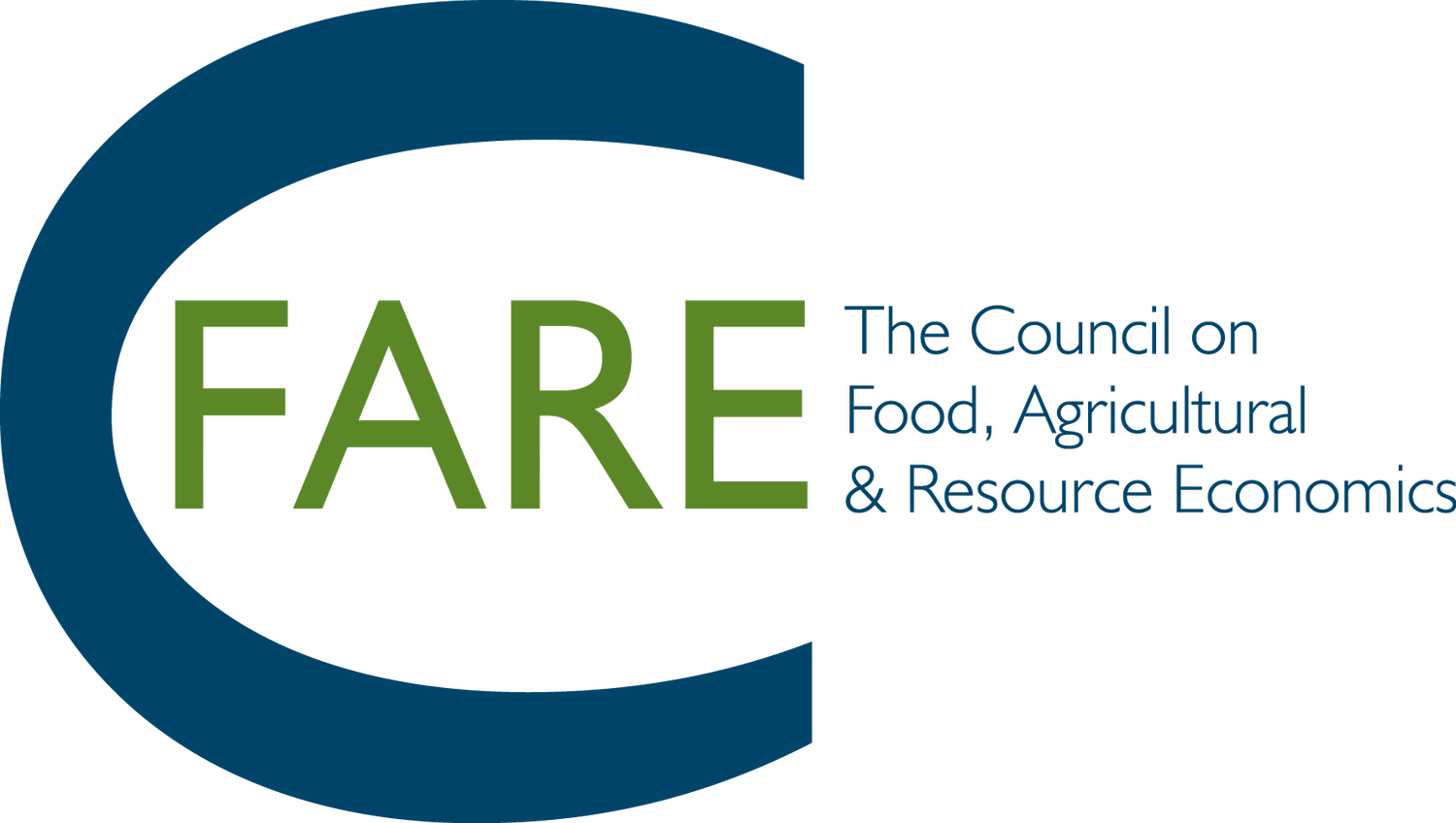Benefits and Risks of A.I. and Digitization in Agriculture
The National Institute for Food and Agriculture (NIFA) of USDA highlights the many promises of AI and digitization in Agriculture:
Systems for crop and soil monitoring are leveraging machine learning, remote sensing, satellite imagery, drones, and precision technologies for informed production and management.
Decision support tools and models are increasingly used in the assessment and development of new management practices and processes leading to substantial improvements in soil health (e.g., microbiome, water, nutrients, carbon, chemicals of environmental concern) and improved ecosystem services from agricultural production.
Applications of AI are expanding in development of new models to assist farm, forest, and ranch managers in decision-making with appropriate scale management strategies and technologies to enhance economic efficiency and sustainability.
But as with the diffusion and implementation of all new technologies, adoption of those used in agriculture must be conducted responsibility and trust built with users and society.
Madhu Khanna - AI Technologies for Sustainable Agricultural Systems
Madhu Khanna discusses the transformative potential of AI technologies and digital agriculture in addressing modern agricultural challenges, such as increasing crop productivity while minimizing environmental harm. AI enables high-resolution data gathering, advanced data analytics, and autonomous systems that improve decision-making and operational precision. These innovations are crucial in the face of labor shortages and growing resistance to chemicals. AI-driven solutions, like robotic weed management and autonomous cover crop planting, exemplify how technology can enhance crop health, reduce labor needs, and support sustainable agricultural practices.
Despite these advancements, the adoption of AI technologies in agriculture is still limited. Factors influencing adoption include farm size, land quality, access to complementary technologies, and the perceived benefits relative to conventional methods. Challenges remain, such as demonstrating the tangible benefits of AI, addressing data privacy concerns, and overcoming resistance to machine-based decision-making. Khanna emphasizes the need for ongoing research and technical support to facilitate the integration of AI in farming. The future holds significant potential for AI to enhance predictability, efficiency, and sustainability in agriculture, ultimately benefiting the entire supply chain from farm to consumer.
David Warren - Empowering Extension with AI
David Warren introduces Extension Bot, a chatbot coupled with a data gathering and database service, designed to assist extension educators, volunteers, and the public, including agricultural producers. Funded by a NIFA grant and developed in collaboration with land grant universities and an AI company, Extension Bot aggregates data from extension services nationwide, currently housing approximately 370,000 documents. It is live on several university websites, providing free access to extension services. The tool aims to enhance accessibility to fact-based, research-driven information, delivering trustworthy answers on demand and localizing content to address specific regional agricultural needs.
The primary goal of Extension Bot is to streamline the accessibility of extension resources, traditionally disseminated via phone, email, or in-person visits. The chatbot leverages the collective expertise of 112 extension services, ensuring answers are grounded in research and localized to reflect regional agricultural conditions. A unique feature of Extension Bot is its ability to cite and link sources exclusively from extension services and USDA, enhancing the reliability of the information. By integrating advanced AI with localized data, Extension Bot aims to make research-based agricultural information more accessible and practical for users, particularly in addressing complex, location-specific agricultural queries.
Carrie Alexander - Redefining the “Pacing Problem” in Light of Food System Challenges
Carrie Alexander discusses the ethical considerations and trust issues surrounding the adoption of AI technologies in agriculture, based on her interviews, focus groups, and surveys with agricultural and food producers, primarily in California. A key issue she highlights is the "pacing problem," where law and regulations lag behind technological advancements. This gap creates challenges as regulations push food producers towards AI-based technologies, yet many of these technologies are not fully developed or lack necessary regulatory approval. This regulatory push, without corresponding support for the development and implementation of AI technologies, creates a timing issue that complicates the adoption process.
Alexander also reveals that despite the potential reliability and accuracy of AI technologies, food producers are often hesitant to adopt them due to uncertainties about risk mitigation and liability costs. Producers worry that AI predictions, while potentially making food production safer, could increase their legal responsibilities and costs if they fail to mitigate known risks. This paradoxical situation, where trustworthy technologies could lead to increased liability, underscores the need for updated laws and policies that support AI adoption. Alexander suggests a cooperative approach among food system stakeholders to develop AI laws and policies that enable producers to utilize AI effectively and safely for the benefit of all.
This program is supported in part by the Agricultural and Applied Economics Association and the US Department of Agriculture’s Economic Research Service, and the National Agricultural Statistics Service.
Those who register but cannot attend our webinar can always view a recording of it later at the council’s YouTube channel.
